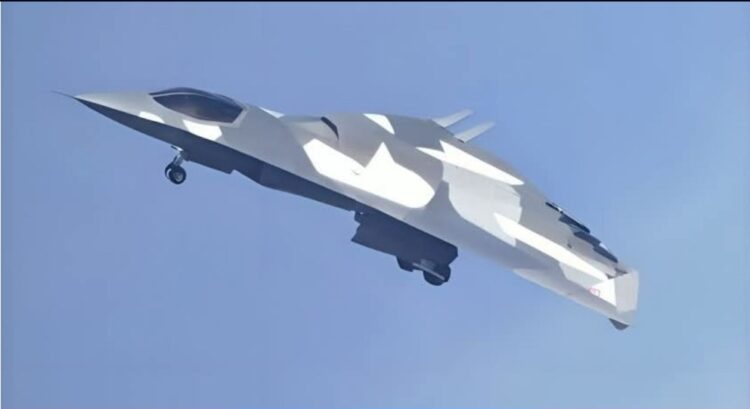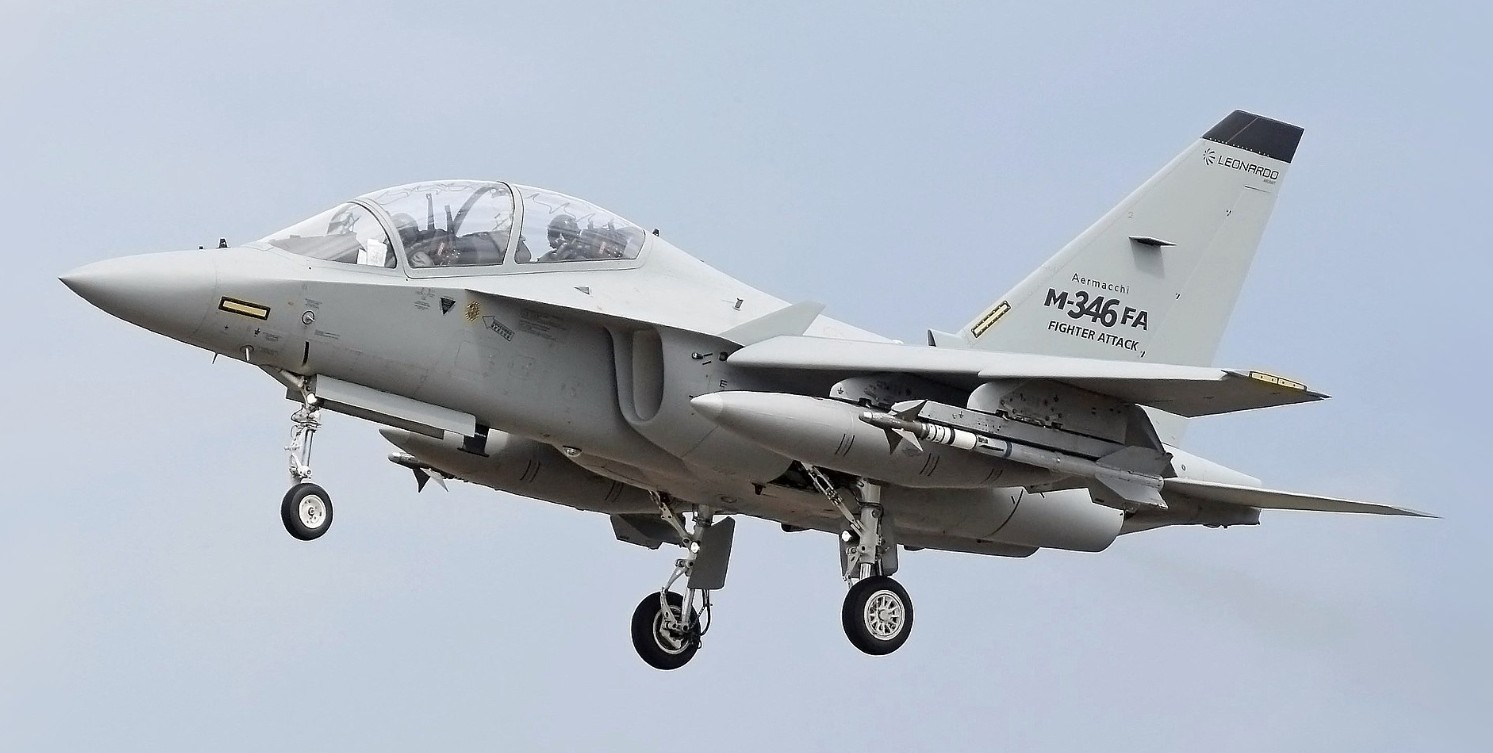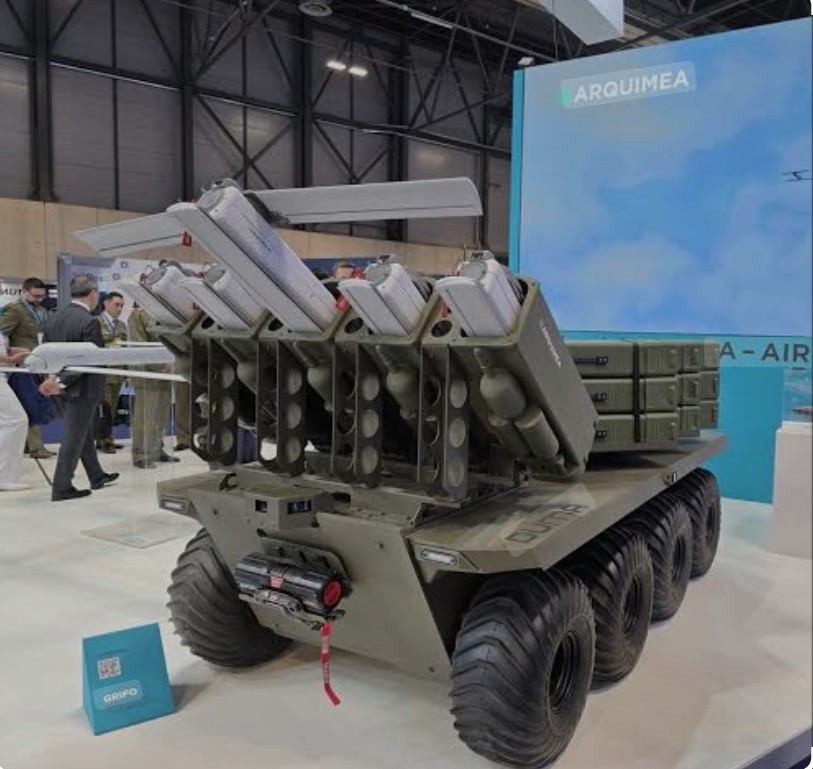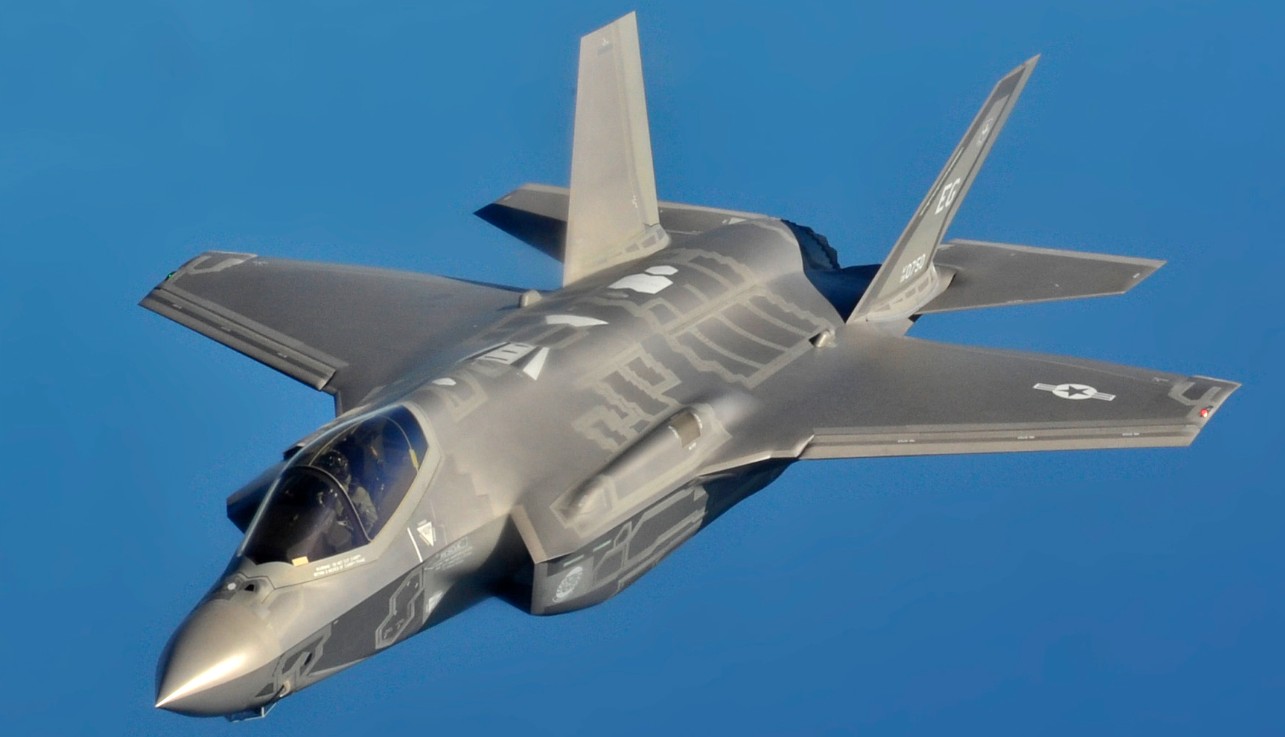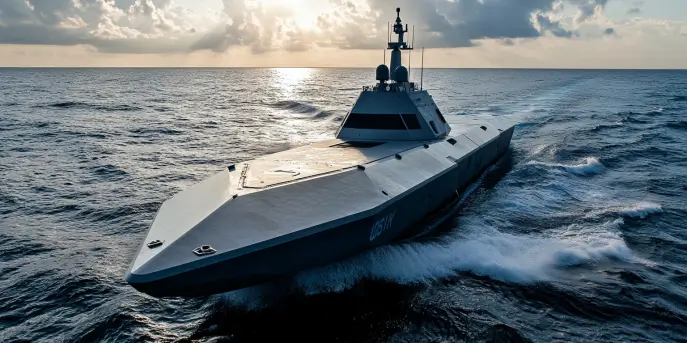Advancing Aviation Technology with 6th Generation Fighter Jets
The world of aviation has continuously evolved, leading to the development of cutting-edge fighter jets which push the boundaries of what was once deemed impossible. The 6th generation fighter jets represent the pinnacle of aviation technology, and two contenders have shown promise in this field: the F47 and the J36. These aircraft are a testament to the ingenuity and engineering expertise of the nations that developed them.
Design and Aesthetics
Both the F47 and the J36 exhibit sleek, aerodynamic designs optimized for agility, speed, and stealth capabilities. The F47 boasts a futuristic appearance with its delta wings and blended fuselage, creating minimal radar cross-sections. On the other hand, the J36 embraces a canard-delta wing configuration, designed to enhance its maneuverability at lower speeds while maintaining stealth features.
Technological Innovations
The F47 is renowned for its groundbreaking avionics, featuring an advanced sensor fusion system that processes battlefield data in real-time, allowing pilots to make informed decisions swiftly. Moreover, it integrates artificial intelligence (AI) to aid in pilot workload reduction, effectively acting as a co-pilot in complex scenarios. This enhances overall mission effectiveness and situational awareness.
Meanwhile, the J36 incorporates innovations such as an integrated electronic warfare suite, capable of countering adversarial radar and missile systems effectively. Its unique engine configuration, a hybrid scramjet/turbofan, provides exceptional speed and fuel efficiency. This allows the J36 to excel in both supersonic and hypersonic flight regimes, providing strategic flexibility.
Stealth Capabilities
Stealth technology is a critical component of 6th generation fighters, and both contenders have heavily invested in reducing their radar footprints. The F47 utilizes a state-of-the-art radar-absorbent material (RAM) coating along with a unique airframe design that minimizes radar waves reflection, effectively disappearing from enemy radar screens.
The J36, on the other hand, achieves stealth through a combination of electronic countermeasures and a disruptive jamming system, allowing it to operate under the radar seamlessly. Additionally, its ability to vary engine emission spectra makes it difficult to detect using infrared tracking.
Armament and Combat Versatility
F47 is equipped with a versatile weapons system, which includes an array of air-to-air and air-to-ground missiles, making it a formidable opponent in both offensive and defensive roles. Its internal weapon bays ensure that its stealth profile remains uncompromised during engagements.
J36, conversely, opts for modular weapons bays that can be quickly reconfigured to meet mission-specific requirements. This adaptability allows it to carry a wider variety of munitions, including hypersonic missiles, thus granting it superior tactical flexibility in dynamic combat environments.
Cost and Development
The development of the F47 has been a significant investment, with an estimated cost per unit surpassing previous fighter jets significantly. Its advanced technology and materials justify these expenses, offering the option for upgrades as technologies evolve further.
The J36, however, distinguishes itself with a cost-effective production model, making it an attractive option for nations seeking advanced capabilities without the hefty price tag. Its focus on modular systems implementation allows for lower maintenance costs and easier upgrades.
Operational Deployment and Strategic Impact
Both aircraft are at the forefront of their respective air forces, poised to change the dynamics of aerial warfare significantly. The F47 is likely to be a central piece in network-centric warfare, offering seamless integration with other military assets and enhancing joint operational capabilities.
The J36 is expected to bolster national defense through its robust electronic warfare systems and versatile deployment options, making it a valuable asset in both aggressive operations and peacekeeping missions.
The Future of Air Superiority
As we move deeper into the 21st century, the legacy of these 6th generation fighter jets will be shaped by their performance in actual combat scenarios and their ability to integrate advancing technologies, from AI to autonomous operations. These aircraft are more than just tools of war; they symbolize the strategic and technological prowess of the countries that created them. Whether the F47 or J36 prevails, their impacts on defense strategies across the world will be profound, marking a new chapter in aerial combat.
